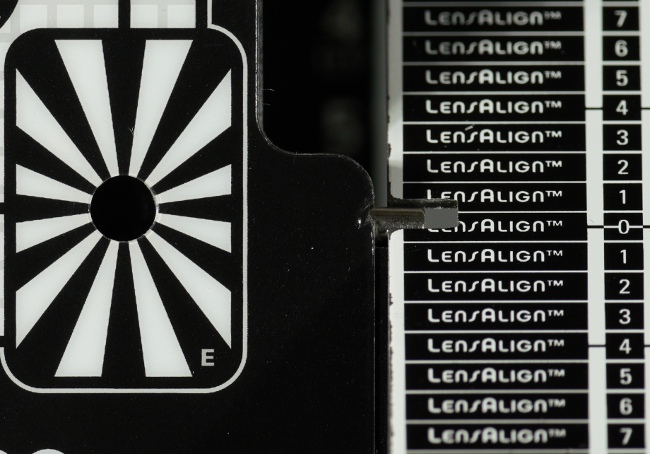Sigma S 500 mm f/5.6 DG DN OS
10. Autofocus and focus breathing
Autofocus
According to the producer, in the lens you get the brand new linear HLA (High-response Linear Actuator) motor that is supposed to be characterized by a great speed and accuracy, combined with very quiet work. |
Still, it's worth noticing the fact that the focusing time can be increased. If you shoot subjects that aren't properly contrasted the autofocus starts hunting for the right position and finds it only after several tries.
Please Support UsIf you enjoy our reviews and articles, and you want us to continue our work please, support our website by donating through PayPal. The funds are going to be used for paying our editorial team, renting servers, and equipping our testing studio; only that way we will be able to continue providing you interesting content for free. |
- - - - - - - - - - - - - - - - - - - - - - - - - - - - - - - - - - - - - - - - - - - - - - - -
The tested Sigma's autofocus culture of work is very high, not lagging behind other brand name rivals. For example I often take photos of birds with the Sony FE 200-600 mm f/5.6-6.3G OSS and, comparing these two lenses, I don't find the Sigma inferior in any aspect, quite the opposite in fact. After attaching both lenses to the older camera body, the Sony A6400, I think the Sigma performed a tad better, for instance setting the focus faster and with more accuracy in more difficult shooting conditions.
The photo below proves the tested lens didn't have any problems with front or back focus tendencies either.
| A7R IIIa, f/5.6 |
 |
Focus breathing
Focus breathing tests show reframing images as you oversharp them. We conduct the test by manually passing from the minimum focusing distance to infinity with the aperture stopped down; then we check how the field of view of the lens changed as a result.After conducting a significant number of tests now we think we are also able to determine some reference points. A frame change ranging from 0 to 5% we consider to be low. Between 5 and 10% you can speak about medium levels. Usually such values constitute also the maximum efficiency level of any breathing compensation algorithms, present in some bodies. Between 10 and 15% focus breathing is high, above 15% its level can be called very high.
The test video of the Sigma lens is presented below:
Fortunately, for any potential users of this lens the focal length change is kind of 'favourable' - while shooting small objects that are situated relatively close the effective focal length increases to near 618 mm, not decreases to 348 mm. Such an effective focal length increase, with preserving the entrance pupil of the lens, means decrease of aperture fastness to about f/7.2 so by a bit more than 2/3 EV.
I don't doubt that some users will enjoy several millimeters more for shooting subjects from short distances. Still, we think that such significant deviations from declared parameters while oversharpening shouldn't have happen and we are going to criticize consistently lenses that don't correct focus breathing properly.






